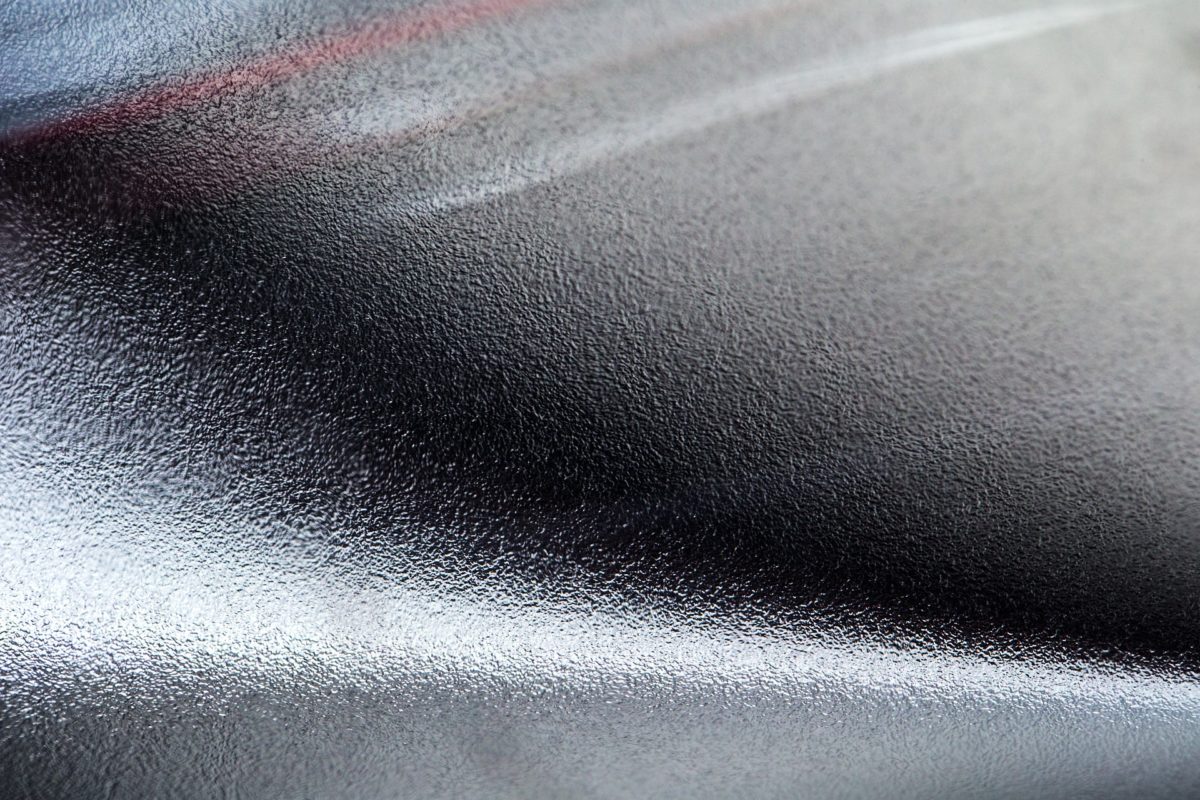One of the remaining obstacles to the universal adoption of solar power is the fact that in many parts of the world, electric demand peaks during the least sunny seasons.
While energy storage is being deployed rapidly alongside intermittent renewables, the majority of commercial solutions address the shorter-term demand shift from midday to evening, rather than seasonal disparities.
Scientists at the University of Applied Sciences Rapperswil, in Switzerland, may have found the answer in the form of an oxidization process which produces heat and hydrogen using aluminum.
Energy density
The process, described in the paper Seasonal energy storage in aluminium for 100 percent solar heat and electricity supply, published in Energy Conversion and Management, ‘charges’ by using electricity to convert aluminum oxide or aluminum hydroxide into elemental aluminum. The aluminum, which can be stored safely for any period of time, is discharged by oxidizing it to release hydrogen, heat and aluminum oxide.
The researchers note the reaction can produce as much as 0.11kg of hydrogen and 4.3 kWh of heat per kilogram of aluminum, ensuring it outperforms the energy density of hydrogen. “With this process, a solid material (Al) is obtained directly and can be stored without losses as long as desired,” reads the paper, “with much less safety concerns than for hydrogen or hydrocarbons.”
Application
The group conducted simulations based on systems at four Swiss locations and found an aluminum storage system combined with a hydrogen fuel cell and heat pump could meet the full energy demand of a multi-family building with 350-530kg of aluminum and a rooftop PV system with a generation capacity of 7-11 kWp, depending upon location.
The study included a cost estimate – based on forecast prices for 2030 when the researchers estimate large scale application of such technology could be more widespread – which indicated the potential affordability of such systems.
This content is protected by copyright and may not be reused. If you want to cooperate with us and would like to reuse some of our content, please contact: editors@pv-magazine.com.




Thank you for sharing this.
It’s a nice prospect even thought ” full energy demand of a multi-family building with 350-530kg of aluminum and a rooftop PV system with a generation capacity of 7-11 kWp,” is not quite correct.
This is per dwelling and in a very efficient newly built building.
Jonathan Fronhoffs is corret in the sense that it is per dwelling for a building built according to today’s building standards in Switzerland. So it is valid for any new built building in Switzerland. Whether these buildings are “very efficient” depends on the point of view. They are not passive houses, so there is much room for more efficiency (better insulation, glazing and heat recovery) still in these buildings. Of course, compared to old buildings they seem to be very efficient.